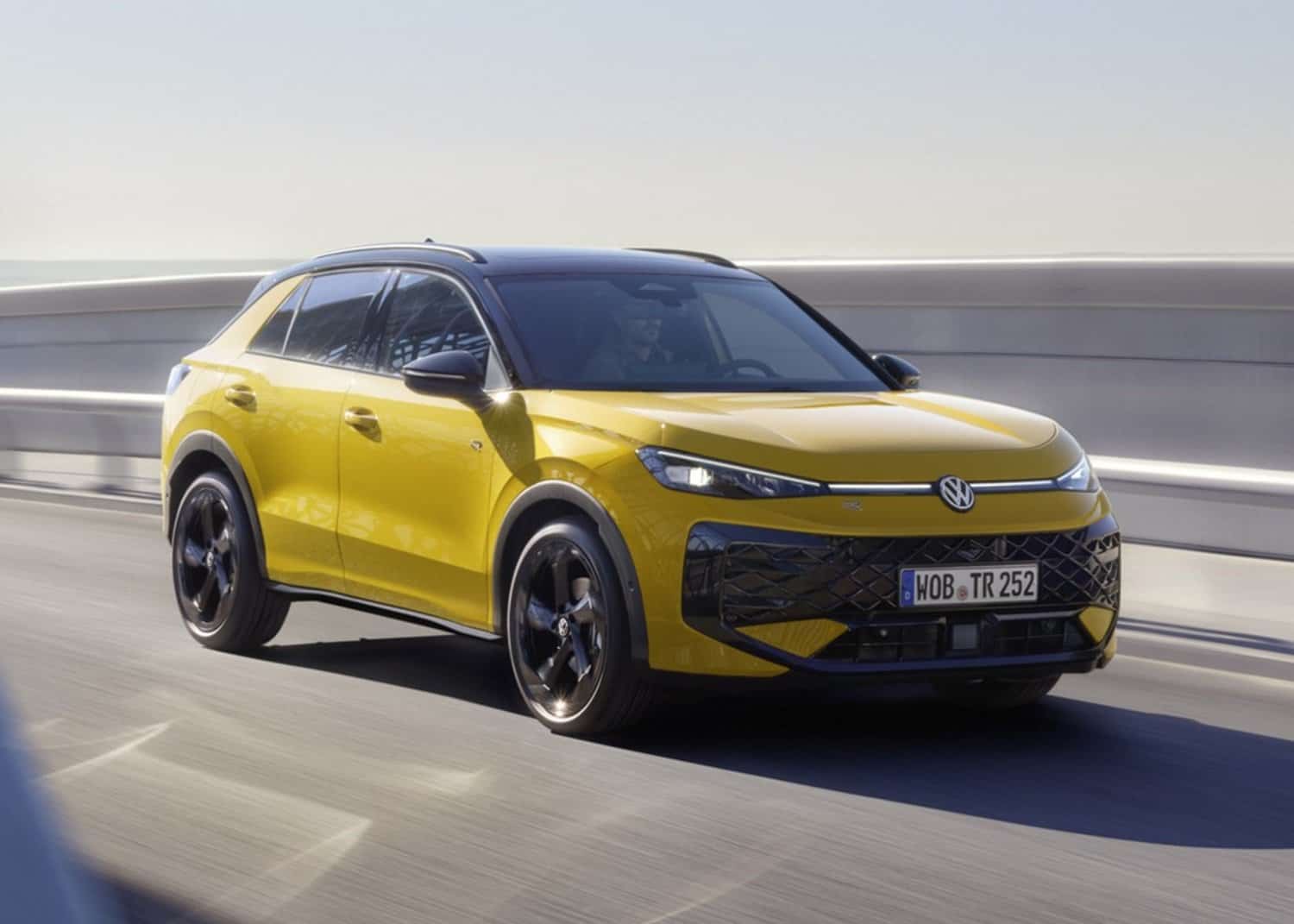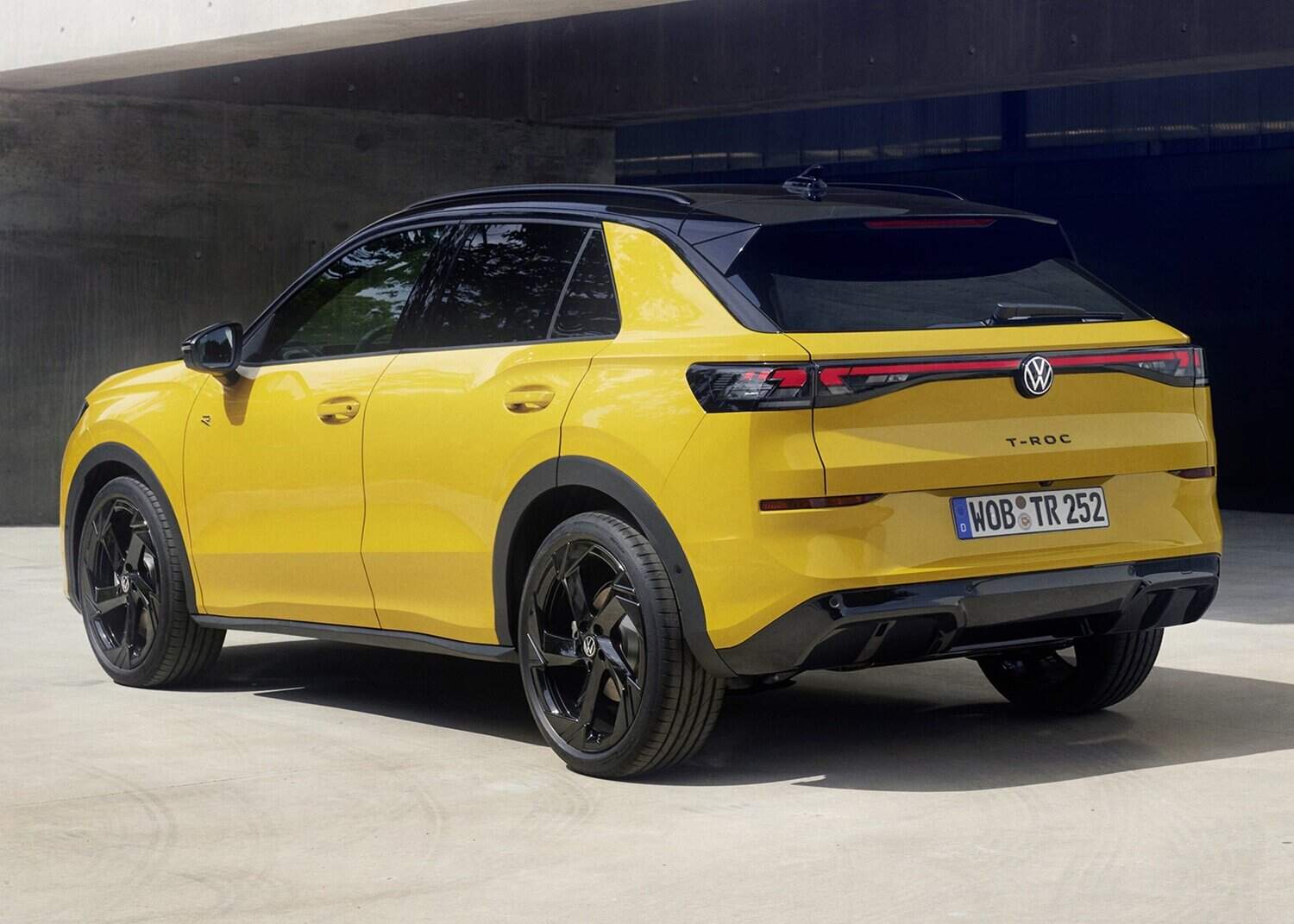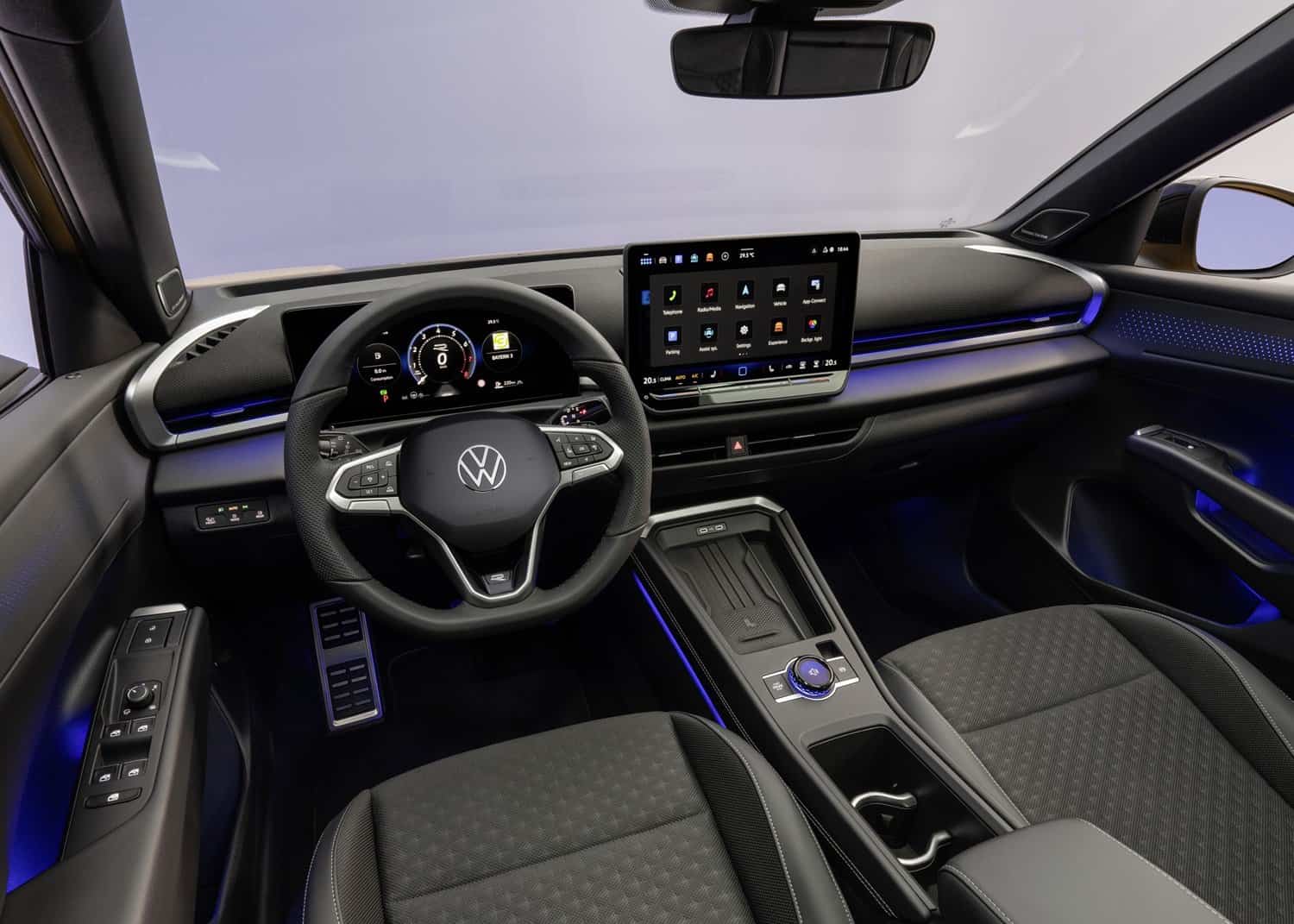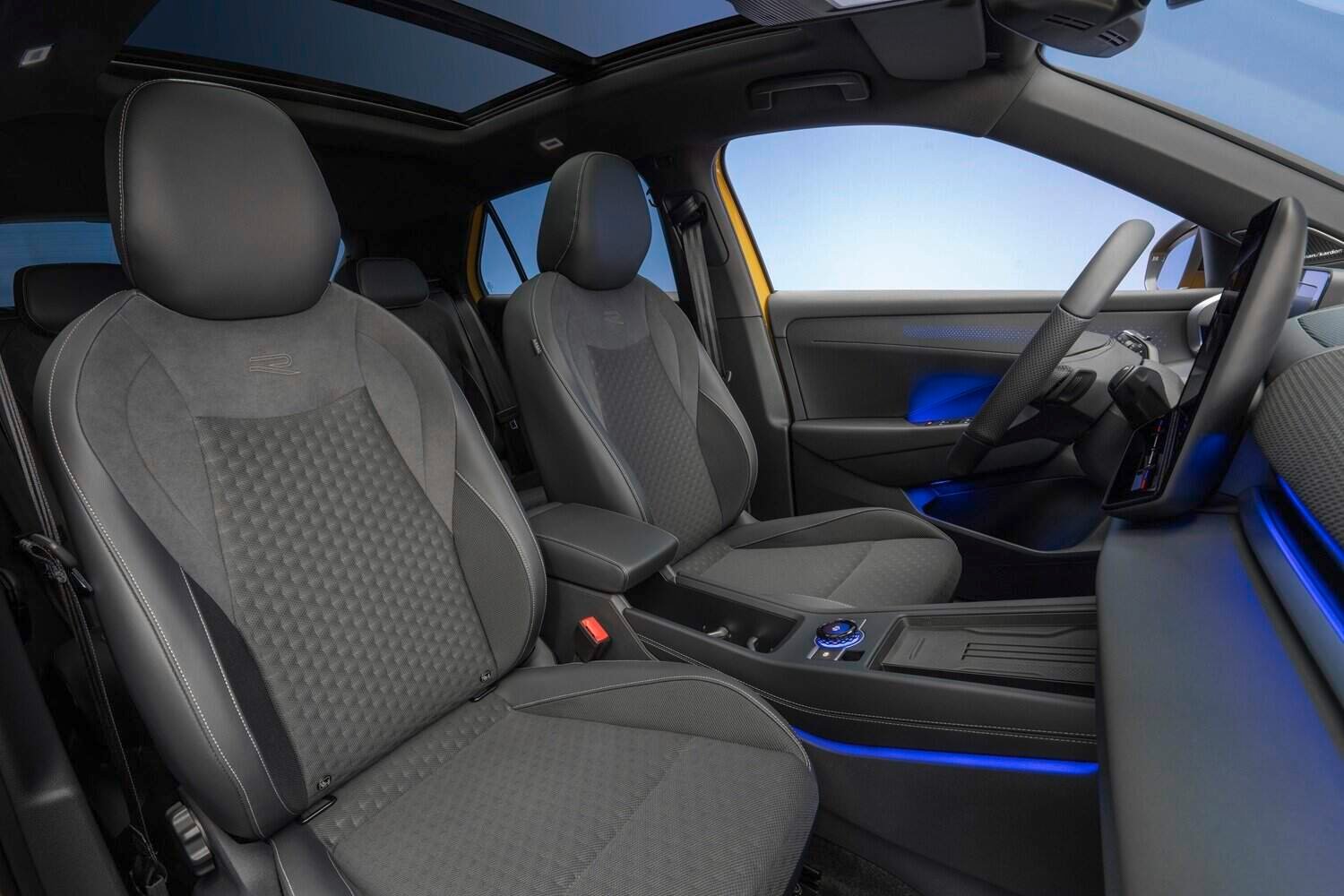Tiguan's livelier sibling adopts hybridisation for the first time, and comes with the same interior and tech as the Golf 8.5.

Having been in production since 2017, Volkswagen has officially revealed the second generation T-Roc ahead of its market introduction in Europe in November.
Long known to be one of Wolfsburg’s most important models, the replacement for the original, which only became available in South Africa five years ago, debuts a completely new look derived from certain Chinese-market models, while also becoming a hybrid for the first time.
Dimensions
Billed as a “major leap” over its predecessor, the T-Roc moves from the MQB platform the updated MQB Evo shared with the Golf Mk 8.5, with its dimensions being an overall length of 4 373 mm, wheelbase of 2 631 mm, height of 1 562 mm and width of 1 828 mm.
ALSO READ: WATCH: Refreshed Volkswagen T-Roc R-Line a surprise worth trocking about
Figures representing respective increases of 122 mm, 28 mm and nine millimetres in the case of the latter pair, boot space has also improved by 20-litres to 465-litres with the rear seats upright.
Design
Styled similar not only to some of its siblings hailing from the People’s Republic, but also from sister brand Cupra, T-Roc retains the coupe-styled silhouette from its predecessor, but with a rounded facia at the front complete with a thin illuminated grille, angular LED light clusters and a sportier bumper with gloss black detailing on the flagship R-Line.
Riding on alloy wheels up to a first-time 20-inches, the rear is dramatically more evolutionary than the front.

Besides a new bumper and an imitation diffuser with faux quad exhaust outlet tips, the bootlid and design of the window have remained the same as before, however, an illuminated full-width LED bar now connects the restyled light clusters.
A newly scripted T-Roc logo, directly underneath the illuminated Volkswagen badge, completes the exterior, along with six colours: Pure White, Wolf Grey Metallic and four new additions: Canary Yellow, Grenadilla Black Metallic, Celestial Blue Metallic and Flamed Red Metallic.
Tiguan inside
Inside, the interior borrows heavily from both the Tiguan and Tayron in both look and design by including the 10-inch Digital Cockpit instrument cluster as standard, as well as the pair of freestanding infotainment displays measuring either 10.4 or 12.9-inches.

Despite the retention of physical buttons on the steering wheel, the much-criticised touch sliders for the audio system and climate control remain, but with illumination.
Down the centre, the console has been redesigned to include a lidded smartphone charging pad, the starter button and the multi-function dial for the drive mode selector and sound system.

As mentioned, the new layout means the gear selector moves to the steering column, thus bringing an end to the manual gearbox certain markets in Europe still had access to.
While exact specification will depend on trim grades, of which five will be made available in Germany; base, Life, Style and R-Line, noted items include electric, ventilated and heated front seats with a massaging function, a Harman Kardon sound system and a full range of safety and driver assistance systems.
First-time hybrid
On the power front, the T-Roc will, initially, only be powered by the mild-hybridised 1.5 eTSI Evo engine in two states of tune: 85kW/220Nm and 110kW/250Nm. Both are connected to a seven-speed DSG with drive routed to the front wheels.
Debuting next year will be a 2.0 TSI unit with and without mild-hybrid assistance, the 4Motion all-wheel drive system and two ground-up new full hybrid models.
Also confirmed to return is the flagship T-Roc R, however, a full electric variant hasn’t been given go-ahead.
South Africa not yet approved
Entering production soon, once again, at the Palmela plant outside the Portuguese capital Lisbon, the T-Roc will have a starting price of €30 845 in Germany, which amounts to R634 340 when directly converted and without taxes included.
For the moment, it remains unconfirmed for South Africa and will most likely only receive approval sometime in 2026 if deemed suitable by Volkswagen Group Africa.






